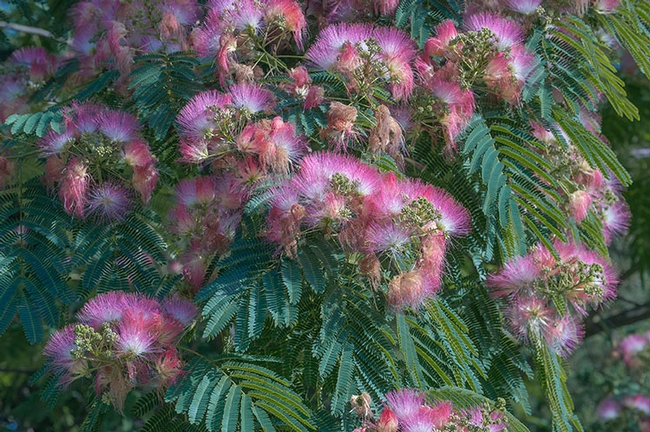Right Plant Right Place
by Leonard Cicerello UCCE Master Gardener
How do I know what to plant and where to plant it? Henry, Cayucos
The satisfaction and rewards of proper plant placement is like getting an A in a difficult subject.
Before shopping for plants, browse through a garden book and look at neighboring yards. Visit local nurseries and read the labels on the plants that interest you. If it does not have one, ask a nursery employee about the plant.
Find out how tall and how wide the plant can grow, if it requires full sun, or shade, or morning sun and afternoon shade. If it blooms, what time of year does it bloom? Usually, your local nursery sells only plants that do well in its surrounding area. In SLO County, it can be confusing because you may buy a plant in Cambria to be planted in Paso Robles. However, obviously, those two regions have very different climates.
Avoid planting a tree next to or too close to your home and use caution if planting a tree next to a common fence to avoid future conflicts with neighbors. Provide sufficient space for plants and allow them to grow into their natural shape to minimize pruning.
If you are shopping for a fruit or nut tree, the label should tell you how many chill hours the tree requires to bear fruit or nuts. Every bearing tree has a minimum chill hour requirement which allows the tree to go into dormancy when fruit buds form. Also, fruit and nut trees can be grafted onto three different root stocks---dwarf, semi-dwarf, and standard. Determine the potential size of the one you want.
Another problem is so-called “weed trees”, like Albizia, Ailanthus, and Privet. Their seeds propagate profusely, especially after very wet seasons. Many are allowed to grow and become a nuisance. Acorns, from oaks, and pecans also propagate easily, and can grow into large trees that require a lot of space.
Be judicious when you plant. Plant the right plant in the right place.
